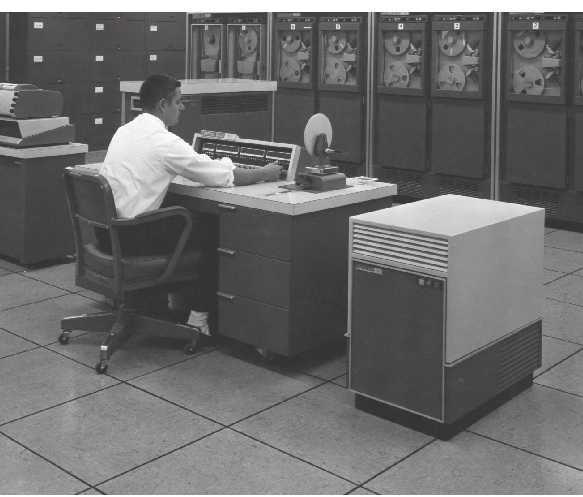| Developed at: Control Data Corporation | Memory technology: magnetic core |
| First introduced: 1962 | Memory size: 8K 12-bit words |
| CPU technology: transistor | Clock speed: 6.4 microseconds (0.16 MHz) |

Sources:
http://home.cray.com/~kjt/cray/
http://www.cs.uiowa.edu/~jones/cdc160/
http://www.stanford.edu/class/history34q/readings/Engelbart/Engelbart_AugmentWorkshop.html
Paul E. Ceruzzi. A Modern History of Computing. Cambridge, MA: MIT Press, 1998. p. 126